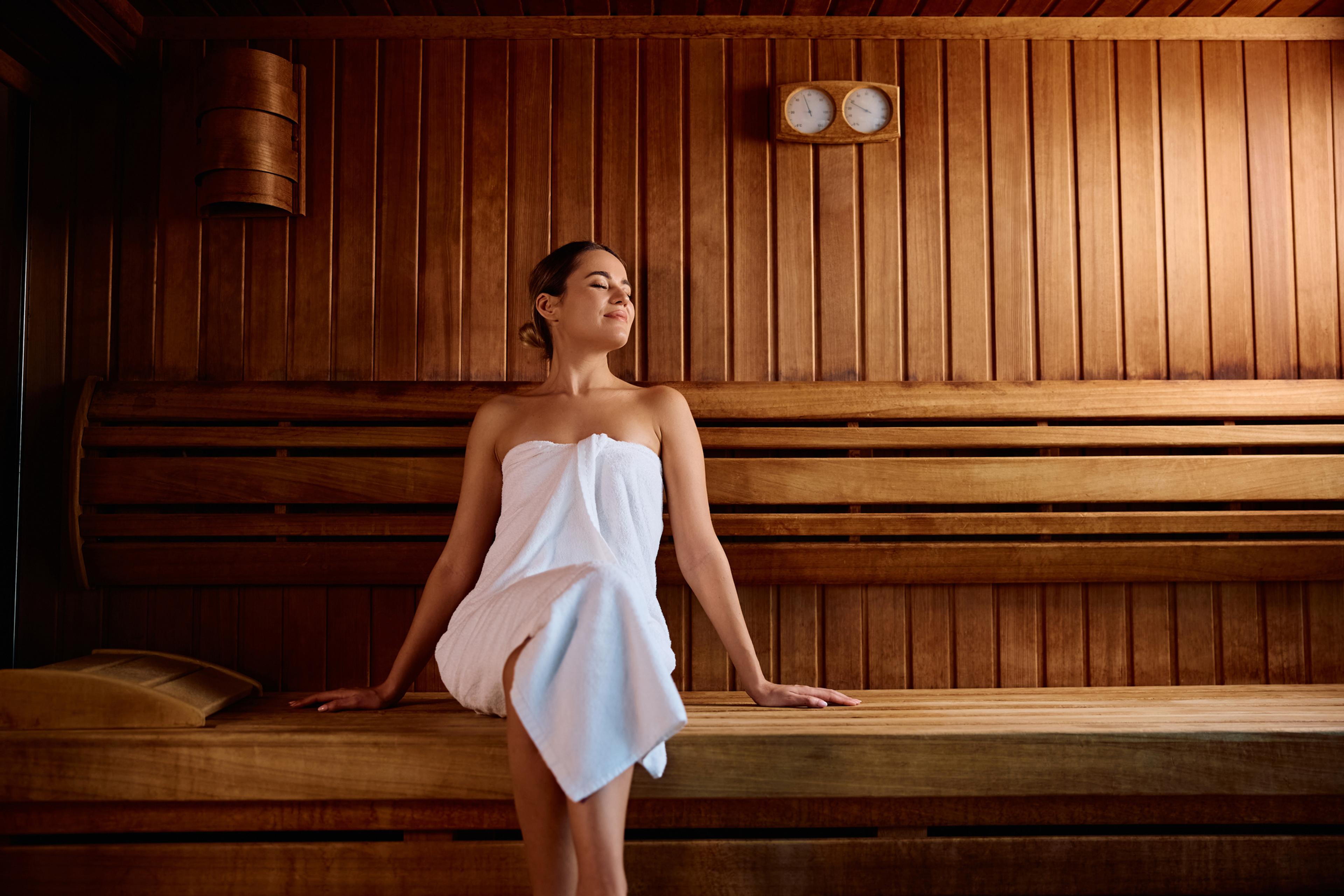Accessible Trails Where You Can See Great Fall Colors
Shandra Martinez
| 3 min read

Fall colors are Michigan’s signature look. Vivid yellows, blazes of bright reds and oranges all turn up the volume on autumn adventures in the woods or just in tree-filled parks this time of year. But you don’t have to navigate a twisty two-track through the forest or hike a hilly trail just to get some gorgeous views. There are plenty of accessible trails where you can see great fall colors.
Accessible trails make getting to beautiful outdoor spots much easier – or even possible – for people who use wheelchairs, walkers and scooters. But they are also designed for other groups, including those who have trouble with challenging terrain, people pushing baby strollers, and those who have a chronic health condition that makes trekking long distances impossible.
Let’s look at some accessible trails across the state that offer outstanding fall color views:
Tahquamenon Falls State Park in Paradise. Let’s start with an Upper Peninsula treasure. The highlight of Tahquamenon’s Upper Falls area is a roaring waterfall with a dramatic 50-foot drop – one of the largest waterfalls east of the Mississippi River. Tahquamenon’s Upper Falls and Lower Falls areas are both surrounded by trees, making them particularly scenic spots for a fall visit.
- If You Go: The Upper Falls area has a half-mile paved walkway that offers ADA-accessible viewing spots. And new this year: A 142-foot pedestrian bridge was installed at the Lower Tahquamenon Falls area. It’s part of a project that will allow barrier-free access to a small island near the Lower Falls that previously could only be reached by rowboat.
Traverse City. You can get accessible urban and picturesque rural views in one spot by using sections of the Traverse City area’s TART trail system.
- If You Go: The most-used stretch is likely the 10.5-mile trail that runs through the city, including downtown, along the Boardman River, and a nearly-completed loop around tranquil Boardman Lake. Looking to get away from town? Hop on the flat, paved 22-mile Leelanau Trail that runs from Traverse City north to Suttons Bay. Stops along the way include vineyards with amazing views and a nature center with a half-mile universal access trail that leads to an inland lake with a fishing platform and viewing area.
Lansing River Trail. More than 20 miles of paved, easy trail stretches from Waverly Road into the city’s Old Town neighborhood, with lots of cool destinations and side trail connectors along the way.
- If You Go: Check the map before you head out. In the fall, one section of the Lansing River Trail hooks into Michigan State University’s campus and offers a beautiful walk or roll along the tree-lined Red Cedar River.
Whiting Forest of Dow Gardens in Midland. The nation’s longest Canopy Walk takes you through the forest and woodlands, giving you a unique and tree-filled perspective. Within this forest trail system, about 1.5 miles of trails are accessible, hard-surface pathways.
- If You Go: The Canopy Walk elevated boardwalk is ADA accessible. In addition to hard-surface paths, there are also woodchip and mulched pathways.
Related:
Photo credit: Getty Images





